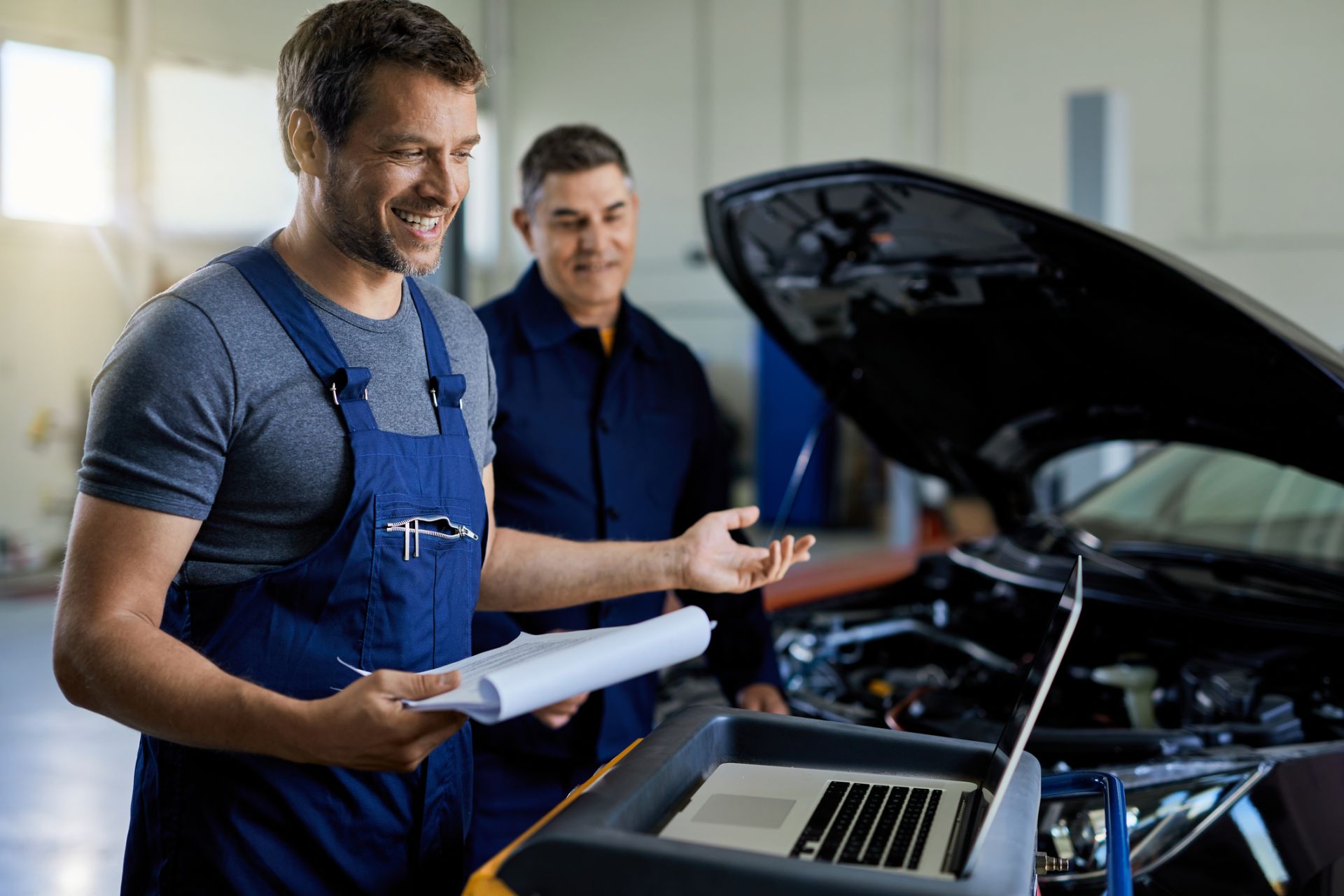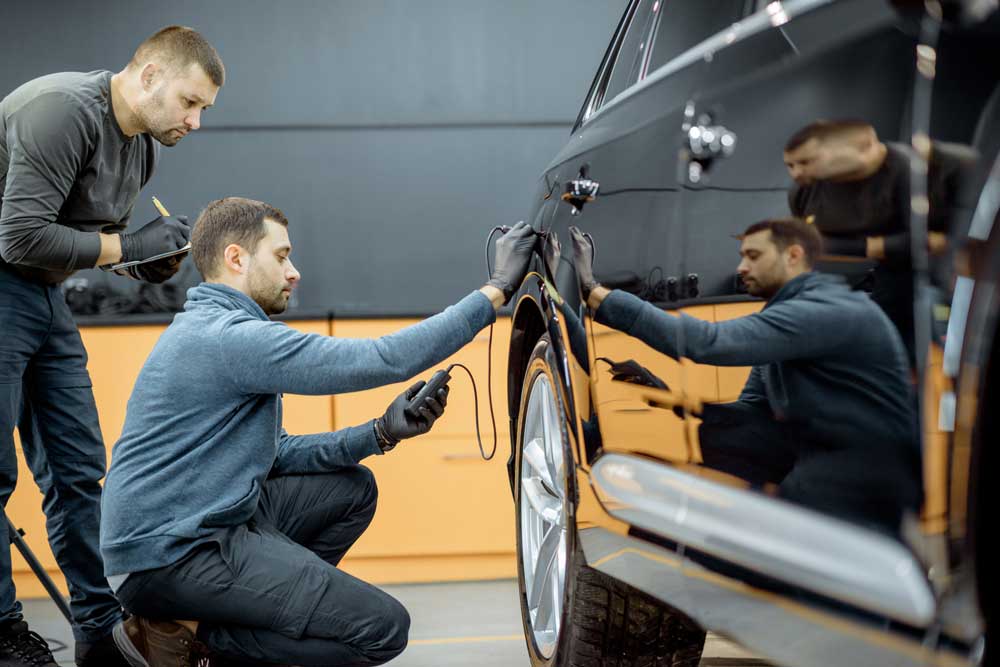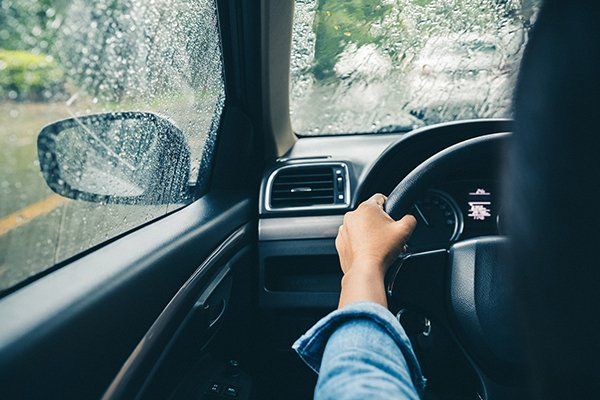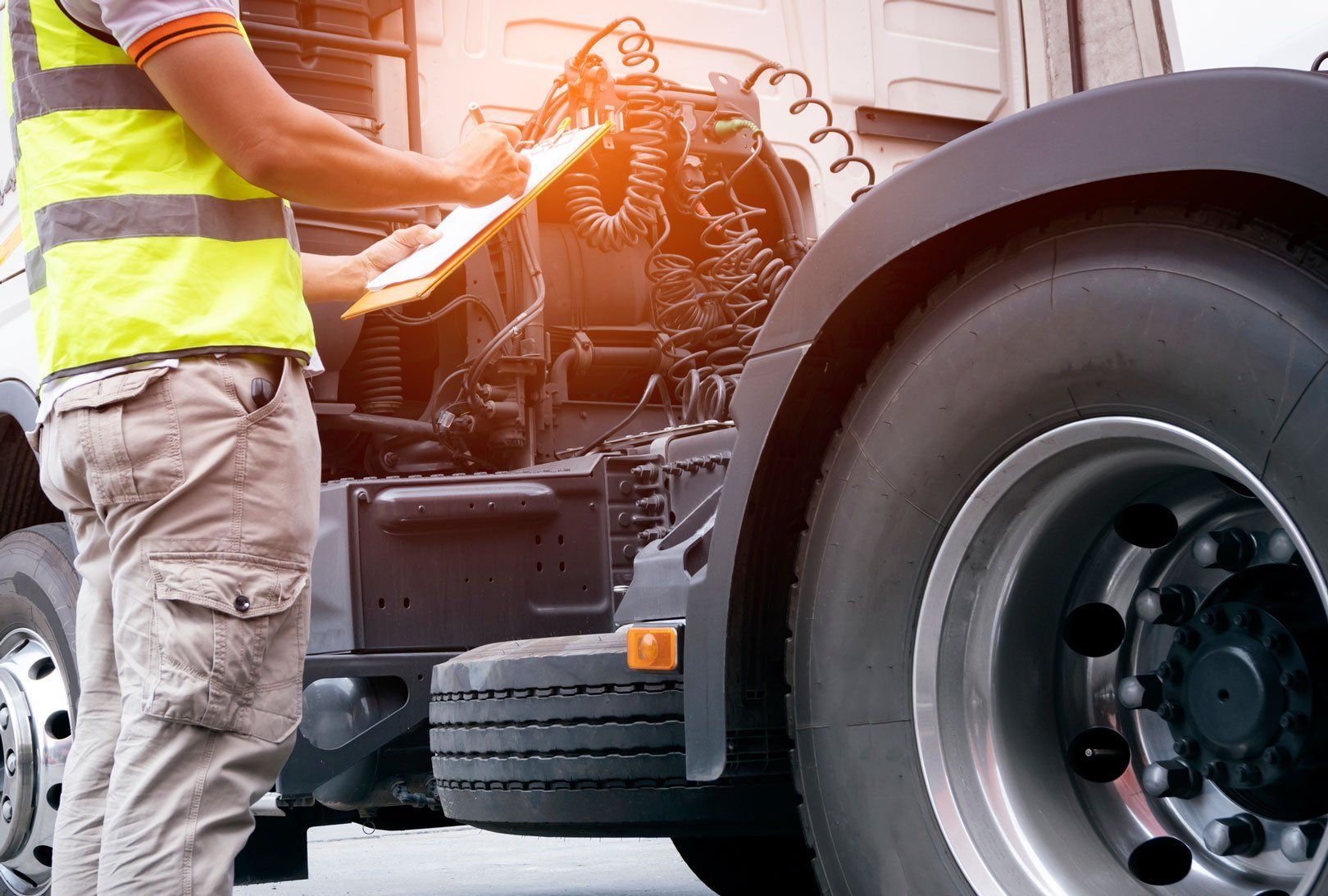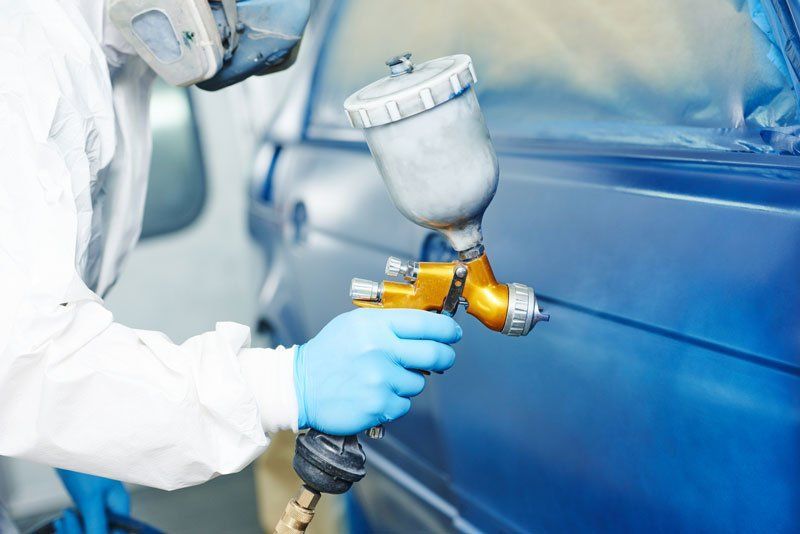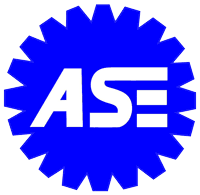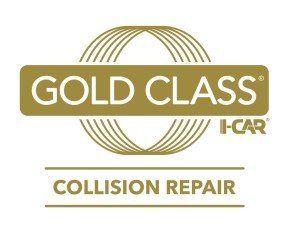FREQUENTLY ASKED QUESTIONS ABOUT AUTOMOBILE ALIGNMENT
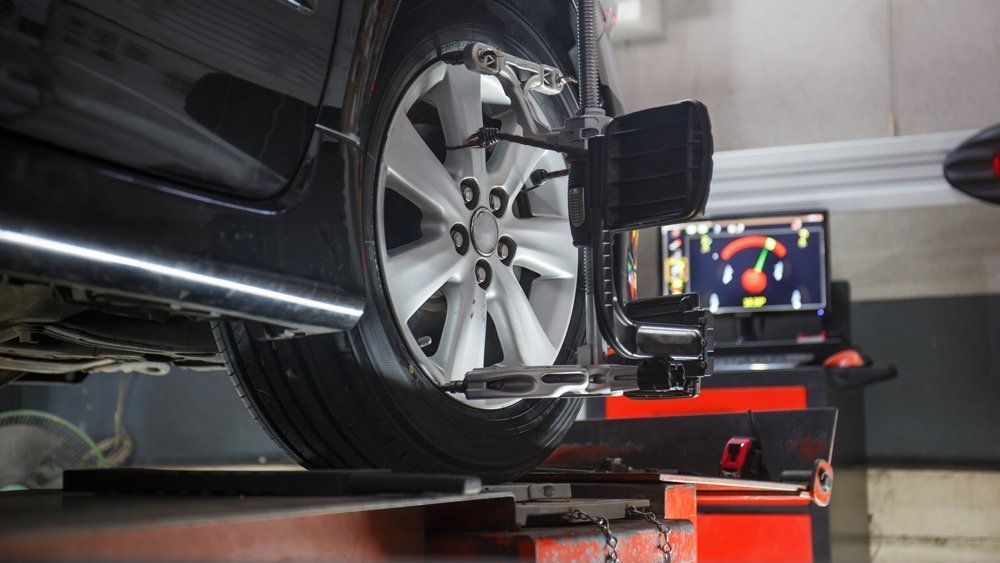
A driver counts on a car's ability to respond to steering instructions as accurately and predictably as possible. Before you take this performance for granted, however, you should realize that alignment errors among your wheels can affect your driving precision, the life of your tires, and your safety on the road.
You can benefit from some basic grounding on what goes into an automotive wheel alignment, what kinds of problems may develop (and why), and how you can stay on top of these problems to ensure safer, more enjoyable travels. Check out the answers to the following frequently asked questions on this subject.
Why Do Wheels Lose Their Alignment?
Many alignment problems occur when the wheels bump up against a stationary obstacle of some sort. If you jump a curb, slam into a pothole, or drive over a speed bump at an ill-advised speed, the impact against the wheels can push them out of their optimal alignment.
Even if you take care to avoid obstacles, you may still develop an alignment error over time. Wear and tear on springs, tires, and shock absorbers can introduce slippages in the precision among these interacting parts. Uneven air pressure in your tires may also encourage the development of alignment problems.
What Kinds of Alignment Issues Can Afflict Wheels?
Wheels may go out of alignment in a few different directions. For example, the leading edges of your front or rear wheels may point away from each other, a condition known as toe-out. They may also suffer from the opposite problem, an inward-facing misalignment known as toe-in.
Sometimes a car's wheels may lose their vertical alignment with the body of the car, a measure referred to as camber. In a wheel that suffers from negative camber, for example, the top of the wheel may point inward toward the car, with the part of the wheel that touches the road assuming an outward slant.
Your car's wheels may develop a problem regarding their castor, the degree at which they line up with the steering pivot that connects them to the rest of the suspension system. A correct caster requires a completely straight vertical angle, with deviations referred to as positive or negative angles in relation to zero degrees.
How Can You Recognize a Potential Alignment Problem?
Alignment problems can call attention to themselves in a variety of ways. Most obviously, you may feel your steering wheel resisting your efforts to knee the car moving in a straight line. If you take your hands off the wheel, the nose of the car may pull to one side of the road or the other.
Abnormal tire wear offers another telltale misalignment symptom. Toe-in and negative camber problems typically cause the inner edge of the tread to wear prematurely; toe-out and positive camber will cause the outer edge to wear out or display a wear pattern known as feathering.
How Do Auto Technicians Evaluate and Correct Wheel Alignment?
Bear in mind that subtle yet significant alignment problems may not provide you with any clear symptoms at all. Periodic alignment checks can detect these problems before your tires or other suspension components experience unnecessary wear and damage that might otherwise require their replacement.
Alignment technicians use a specialized alignment machine to measure toe, camber, and caster. They also measure thrust, the alignment between the front wheels and the rear wheels. If a problem exists, the technicians adjust the suspension angles that need correction. You might need a two-wheel, four-wheel, or thrust alignment.
What Can You Do to Minimize Future Alignment Issues?
While you can't do much about the effects of time and repeated driving on your car's alignment, you can take steps to minimize other causes of alignment issues. For starters, try to distribute the weight of the car as evenly as possible. Position cargo toward the center of the vehicle, and keep your tires properly inflated.
Vigilant, careful driving can also make a difference. Maintain low speeds on rough terrain or over speed bumps, watching out for curbs and potholes.
Cambron Body Shop can help you straighten out any alignment problems your vehicle may have. Contact us to learn more and request service.
Phone: 270-684-1465 | Email: cambronnet2@aol.com | Address: 1720 SWEENEY ST, Owensboro, KY 42303






